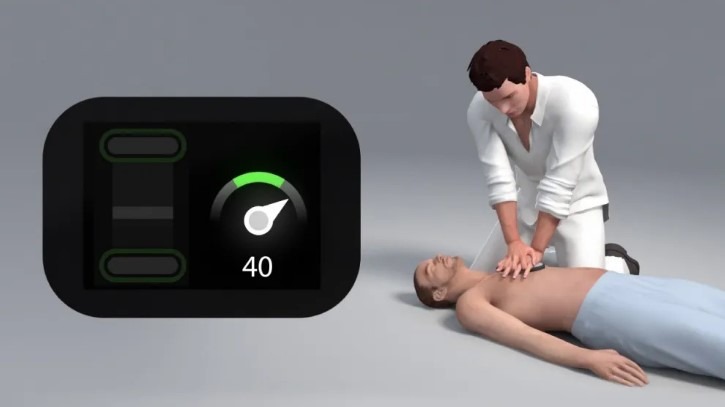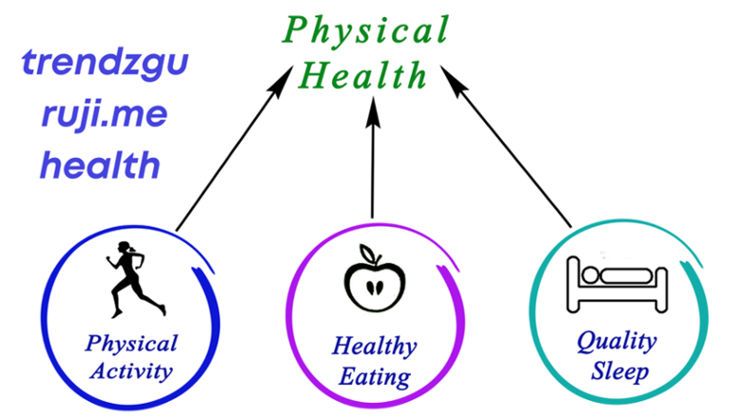A Guide to Physical Therapy for Parkinson’s
In almost any condition, exercise has benefits for the body. It improves blood circulation, boosts metabolism, and relieves stress. Exercise is a necessity that the body can’t afford to lose.
Exercise becomes even more vital for patients with Parkinson’s disease. This condition gradually affects its victims’ movements. Over time, their body begins to show tremors, lose facial expression, and much more.
Because of its insidious effects on the body, physical therapy for Parkinson’s disease is crucial for a patient. So, in this brief guide, we’ll walk you through the steps for maintaining a physical therapy regimen for Parkinson’s patients. Let’s get started!
Physical Therapy for Parkinson’s: Amplitude Training
Over time, Parkinson’s disease restricts patients’ ability to speak as well as other everyday movements. To help reduce these effects, a physical therapist may use LSVT training. LSVT comes in two primary forms: LSVT BIG and LSVT LOUD.
LSVT LOUD is a form of physical therapy that helps train the voice. This training enables the patient to retain some control over their speech and volume as they talk.
LSVT BIG, however, focuses on retaining mobility. In this physical therapy, you make large, overexaggerated movements like high-knee steps and arm circles.
These movements help retrain the muscles to ward off hypokinesia. Hypokinesia is the condition that reduces movement gradually, eventually leading patients to short shuffles. If LSVT seems like the training you need, check out www.lsvtglobal.com.
Recovering Reciprocal Patterns
Reciprocal movements are movements where you move from side to side or left to right. One typical example of this is swinging your arms as you walk. Parkinson’s disease affects even these everyday movements.
To preserve these movements and fight off gradual reductions from Parkinson’s, a physical therapist may prescribe several types of training. One type of training uses a stationary bicycle or elliptical to reinforce your reciprocal movements.
Other types of training are more dynamic. Some therapists recommend dance classes or tai chi to increase your mobility. These classes often help your balance as well, which we’ll discuss further in the next section.
Improving Balance
People often underestimate how much of their body plays into their balance. Balancing relies on visual feedback, stabilizing fluids in your inner ear, and how your feet interact with the ground.
As you may expect, Parkinson’s often throws off that rhythm. It often makes your walk unstable, which can affect your safety in crowded areas. It can also cause anxiety for patients; after all, nobody wants to look “weird” in a crowd.
To avoid balance issues, a physical therapist can coach their patient through balance training. These exercises help to strengthen and improve balance for patients.
Start Your Physical Training Today
Physical therapy for Parkinson’s is essential for any patient who wants to retain mobility. If you or somebody you love has been diagnosed with this disease, don’t hesitate! Find a capable physical therapist and begin your training as soon as possible.
We hope you enjoyed this article! If so, check out our other content today.





